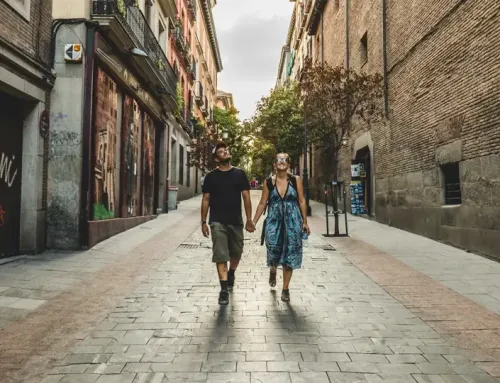Interesting Facts About Pablo Picasso
If you got here, you probably want to know more about Pablo Picasso and his life. Let’s delve into the fascinating world of Pablo Picasso and uncover some interesting and fun facts about this legendary artist.
From his early life to his artistic periods and personal experiences, Picasso’s journey is very captivating. Get closer to the man behind the canvas.
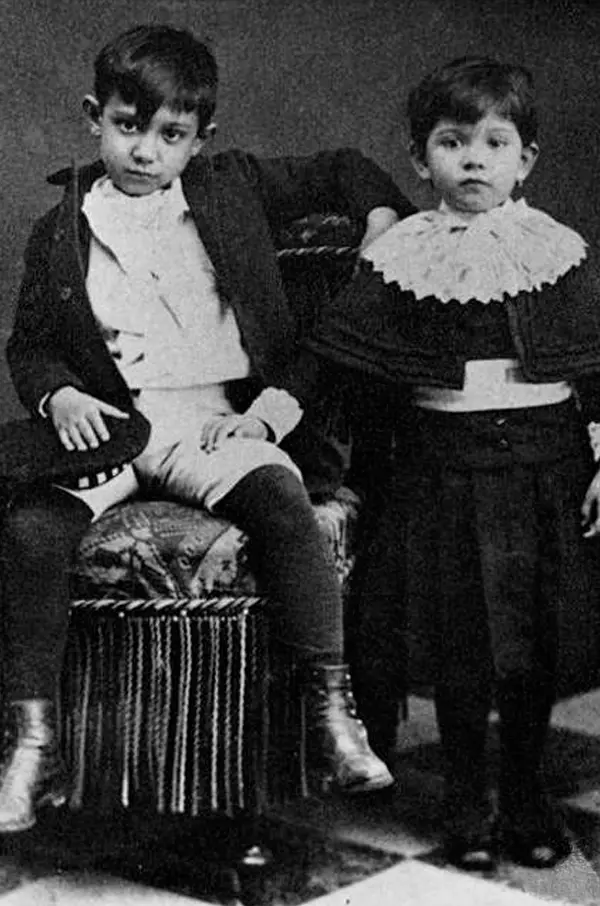
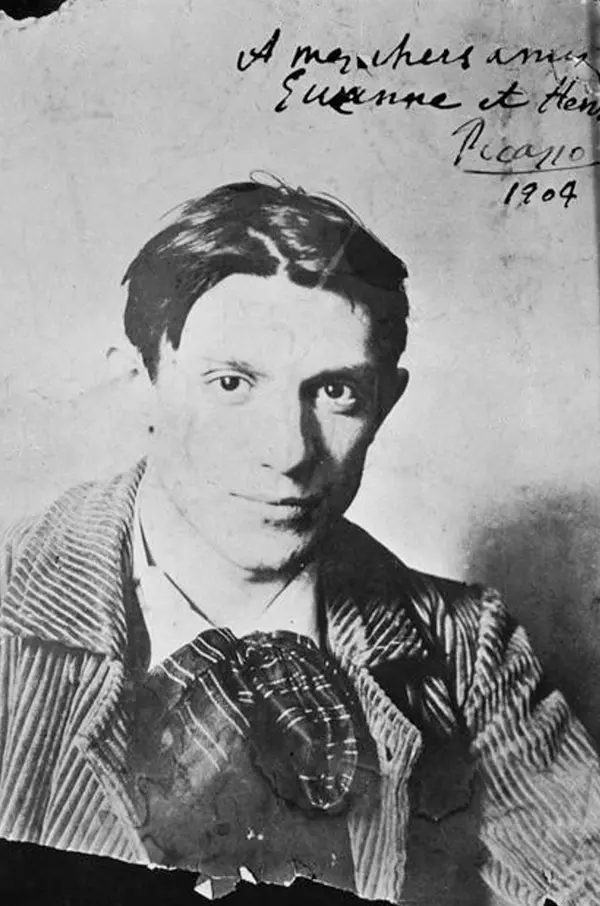
PABLO PICASSO YOUNG AGE AND CHILDHOOD
Pablo Picasso, one of the most renowned artists of the 20th century, left an indelible mark on the art world with his revolutionary style and innovative approach.
Born on October 25, 1881, in Málaga, Spain, Pablo exhibited extraordinary artistic talent from a young age. In fact, he was such a prodigy that he surpassed his own father’s artistic abilities by the age of 13.
His childhood shaped the man he became, nurturing his innate talent and setting him on the path to greatness. Picasso’s early life was a foundation for the artistic brilliance that would captivate the world for generations to come.
Picasso’s Education: From a tender age, it was clear that Picasso possessed an extraordinary gift. This early blossoming of talent set the stage for a lifetime of artistic exploration and innovation.
His father, who was an art professor, recognized his talent and provided him with formal training.
At a very young age, Picasso showed remarkable artistic talent

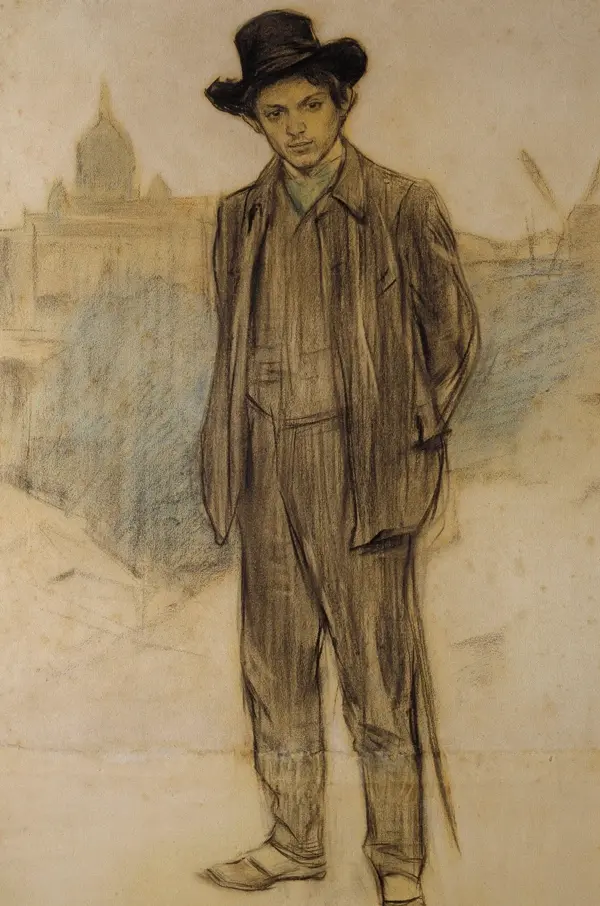
PABLO PICASSO BIRTHPLACE. WHERE DID PICASSO LIVE?
Picasso’s story is interwoven with various places he called home. From his birthplace in Málaga, Spain, to his later years spent in the South of France, particularly in the enchanting villa named “La Californie” in Cannes, each location left a mark on his artistic soul.
“La Californie” from Cannes was a picturesque location that became his sanctuary and creative haven.
Picasso lived in various places, including Spain and France
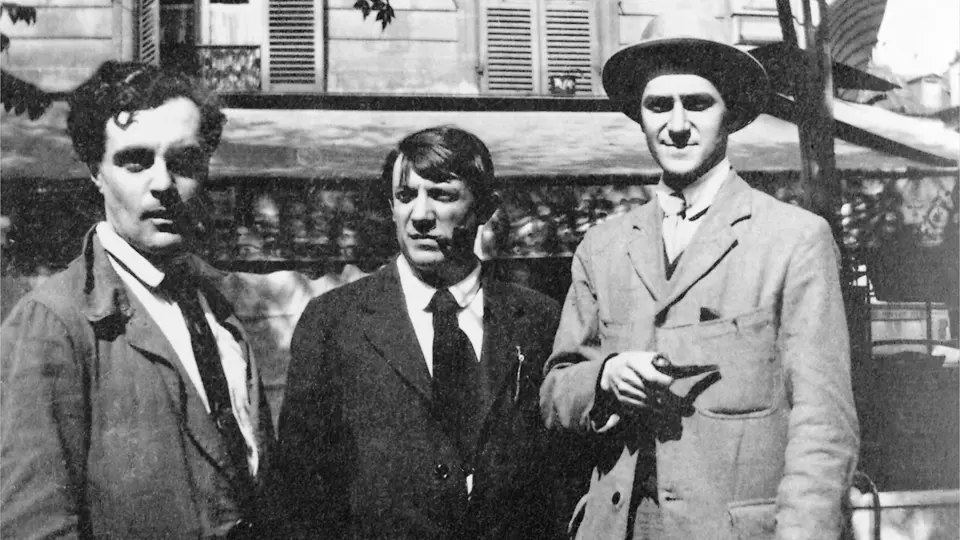
PABLO PICASSO LIFE
As we delve deeper into Picasso’s life, we encounter the personal relationships that shaped his journey. His wives and partners played significant roles in his life, inspiring his art and providing companionship.
While there were several notable women in his life, it was his daughter, Paloma Picasso, who followed in his footsteps, leaving her own creative mark as a famous fashion and jewelry designer.
Pablo Picasso´s Wife: One of his most notable partners was Fernande Olivier, an artist and model who was his muse during the early years of his career.
He had several other relationships and marriages, including ones with Olga Khokhlova, Marie-Thérèse Walter, and Jacqueline Roque. Each of these women played a significant role in inspiring Picasso’s art.
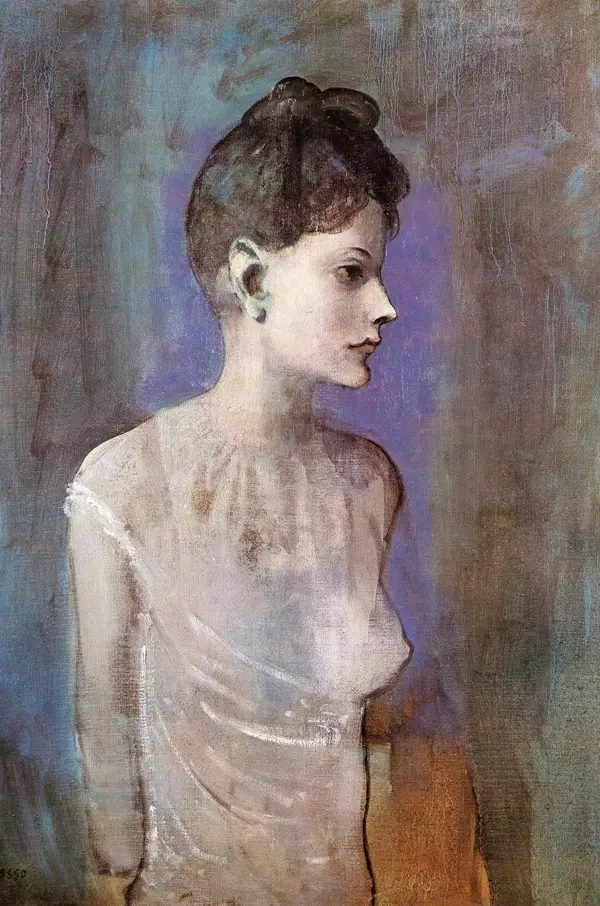
Photo: NichoDesign. Adapted under license (CC BY-SA 2.0 DEED)
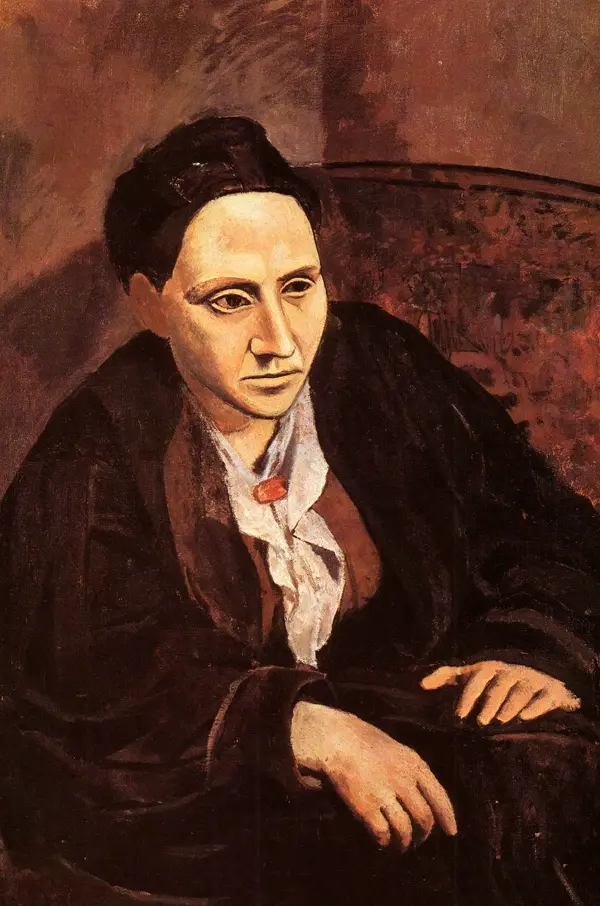
Photo: NichoDesign. Adapted under license (CC BY-SA 2.0 DEED)
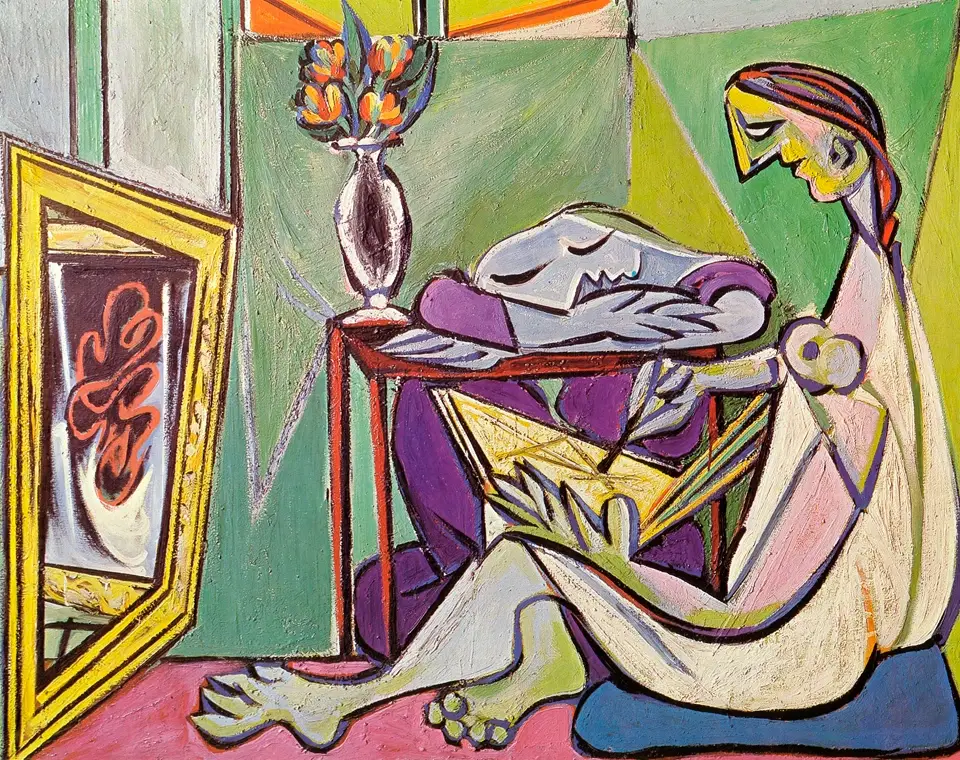
Photo: NichoDesign. Adapted under license (CC BY-SA 2.0 DEED)
PABLO PICASSO: PERIODS AND INFLUENCES OF HIS ART WORK
Pablo Picasso’s life and artistic journey remain a captivating subject for art lovers and historians alike. His groundbreaking contributions to art continue to shape and influence contemporary artistic expression, ensuring that his legacy endures for generations to come.
One of the most captivating aspects of Picasso’s career was his evolution through various artistic periods. Let´s see the most important impacts he had:
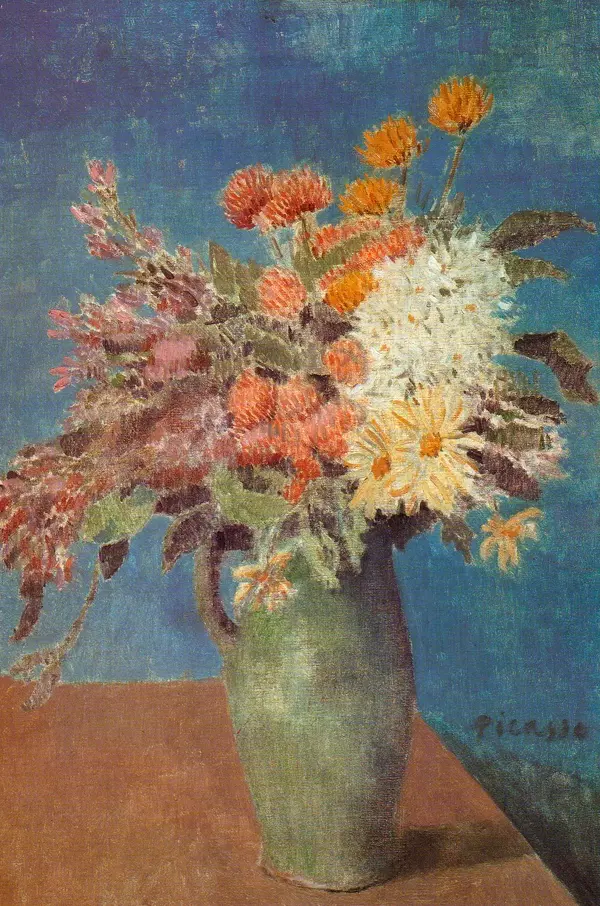
Photo: NichoDesign. Adapted under license (CC BY-SA 2.0 DEED)
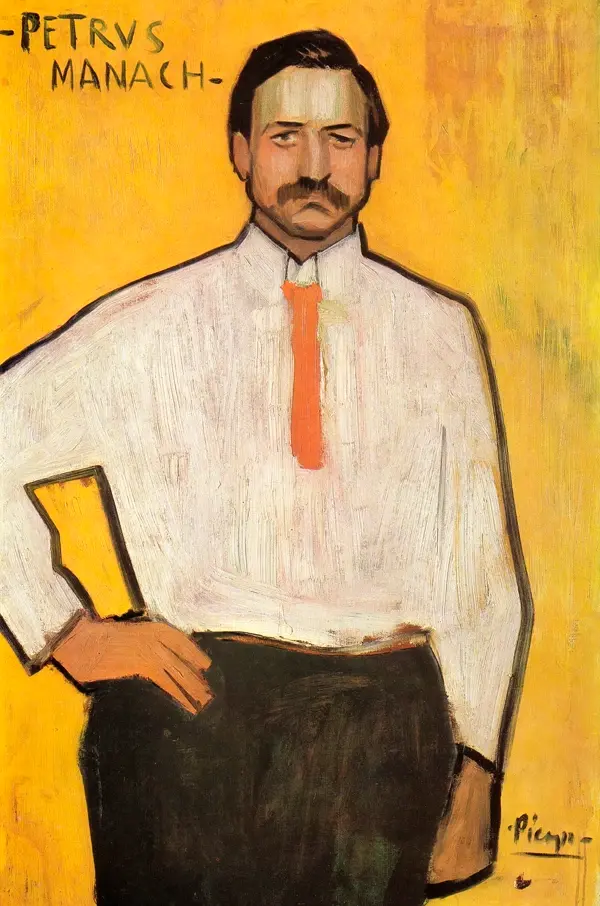
Photo: NichoDesign. Adapted under license (CC BY-SA 2.0 DEED)
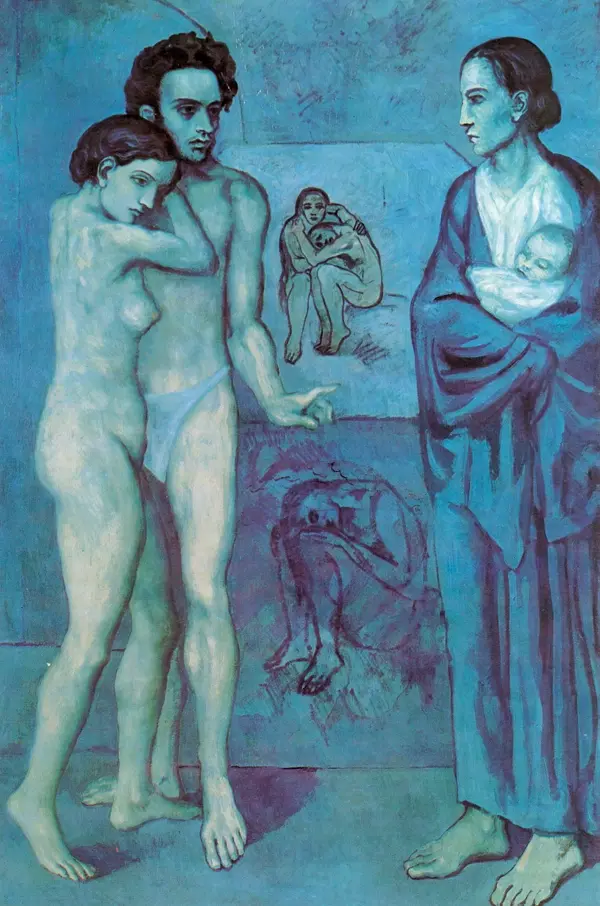
Photo: NichoDesign. Adapted under license (CC BY-SA 2.0 DEED)
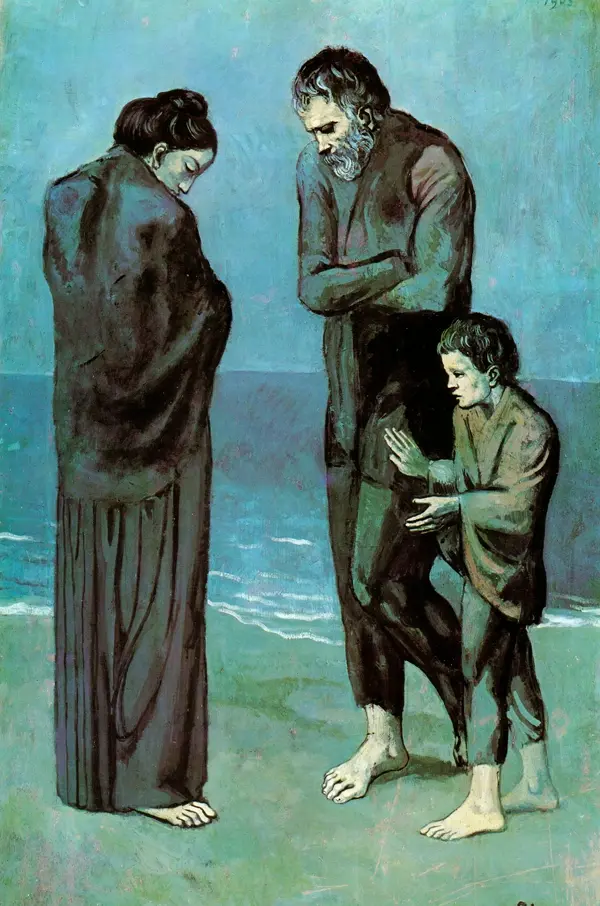
Photo: NichoDesign. Adapted under license (CC BY-SA 2.0 DEED)
Picasso is known as one of the pioneers of Cubism
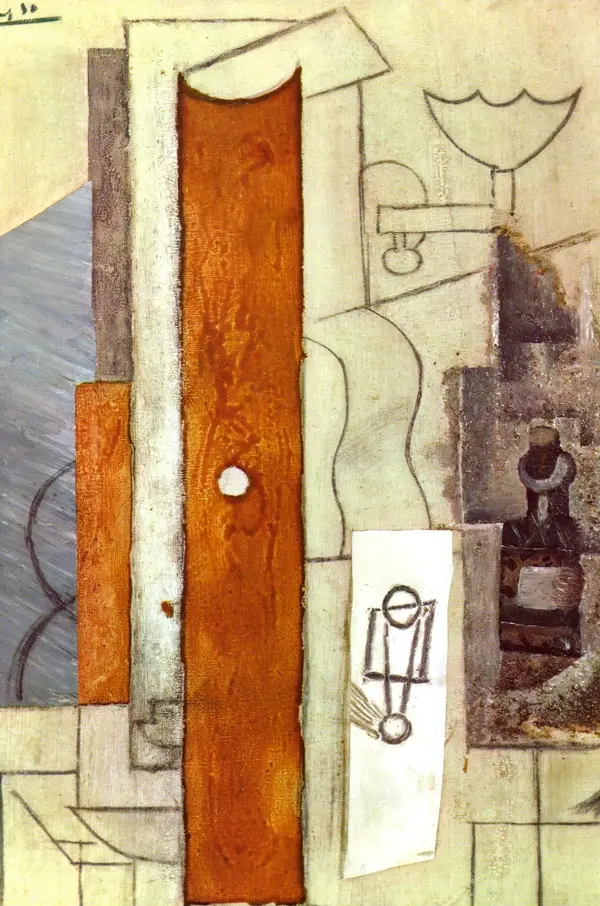
Photo: NichoDesign. Adapted under license (CC BY-SA 2.0 DEED)
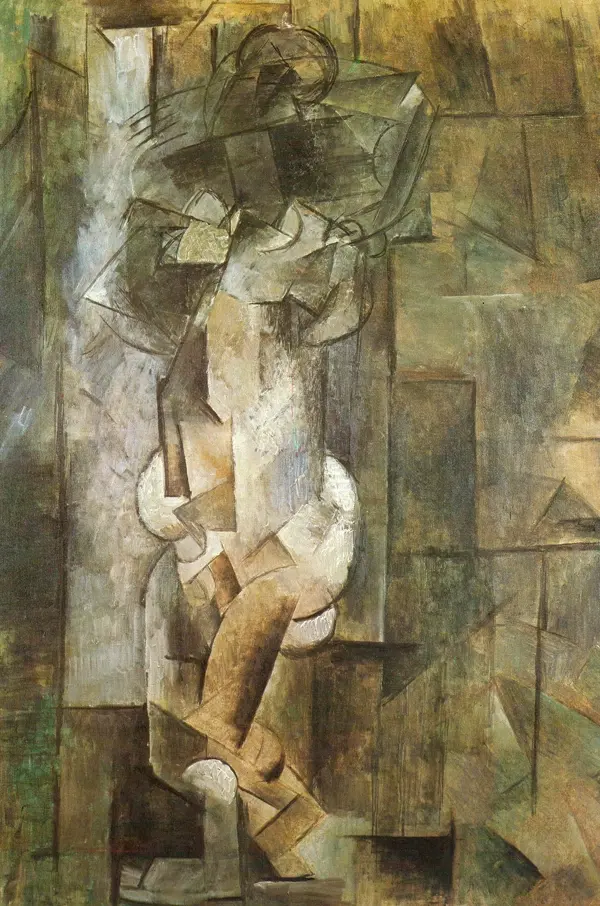
Photo: NichoDesign. Adapted under license (CC BY-SA 2.0 DEED)
PABLO PICASSO FACTS
Picasso was a loving father. Among his children, his daughter Paloma Picasso followed in his creative footsteps and made a name for herself as a successful fashion and jewelry designer.
Although Pablo Picasso and Frida Kahlo were contemporaries, there is no evidence of them having a personal or professional relationship. They had distinct artistic styles and lived in different countries, with Picasso primarily based in Europe and Kahlo in Mexico.
Picasso’s impact was primarily felt in Europe, while Kahlo, with her vibrant Mexican roots, painted her life’s experiences on canvas with deep emotion and symbolism.
Picasso’s thirst for knowledge pushed him to explore different mediums and techniques throughout his career
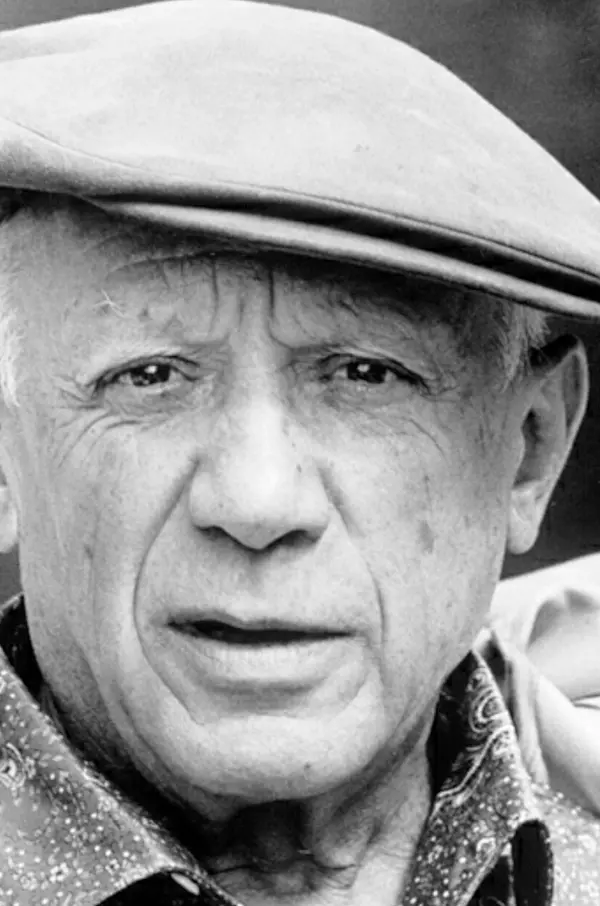
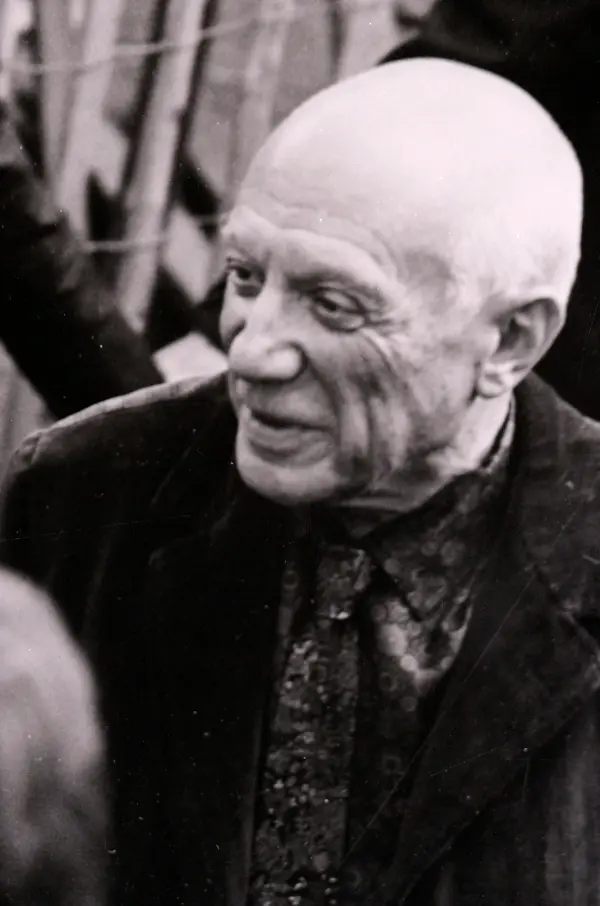
Photo: Paolo Monti. Adapted under license (CC BY-SA 4.0)
Here are more interesting facts about Picasso:
Picasso was a productive artist and made about 150,000 works
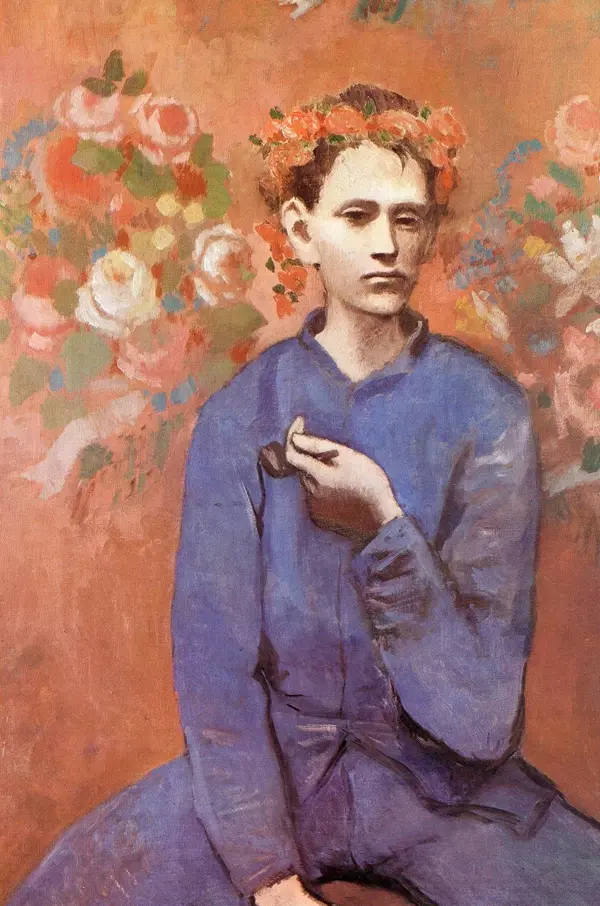
Photo: NichoDesign. Adapted under license (CC BY-SA 2.0 DEED)
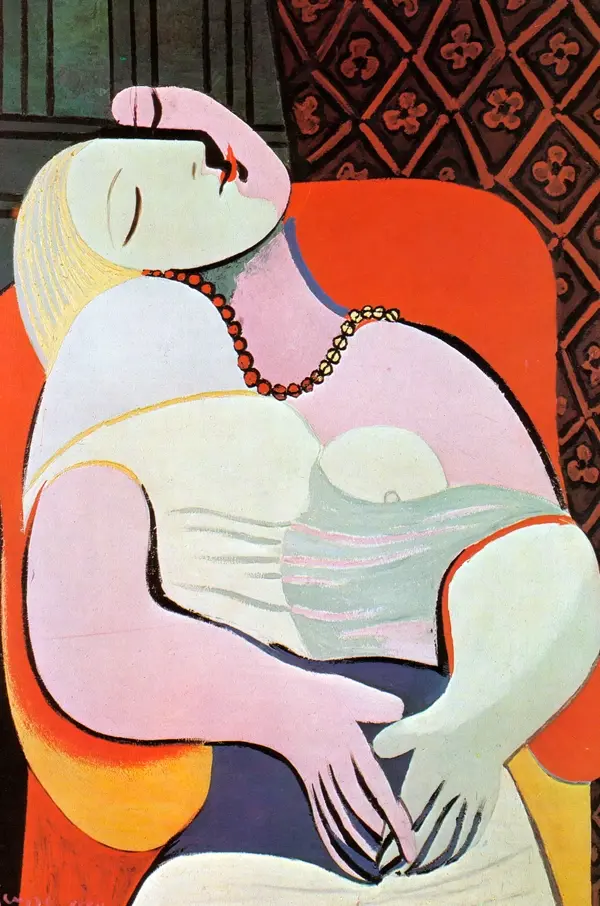
Photo: NichoDesign. Adapted under license (CC BY-SA 2.0 DEED)
Picasso is one of the most famous artists from the 20th century
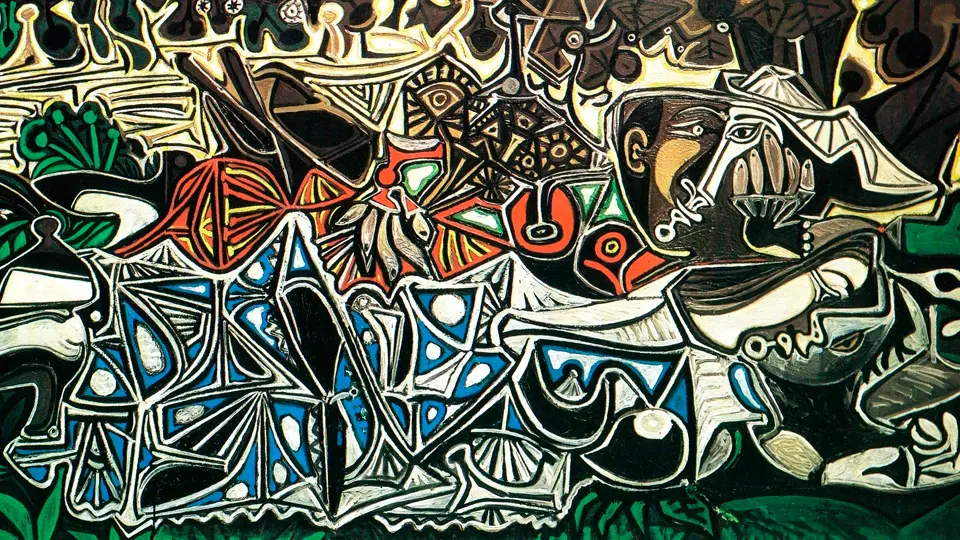
Photo: NichoDesign. Adapted under license (CC BY-SA 2.0 DEED)
PABLO PICASSO FUN FACTS
Let´s take a look at some fun facts about Pablo Picasso:
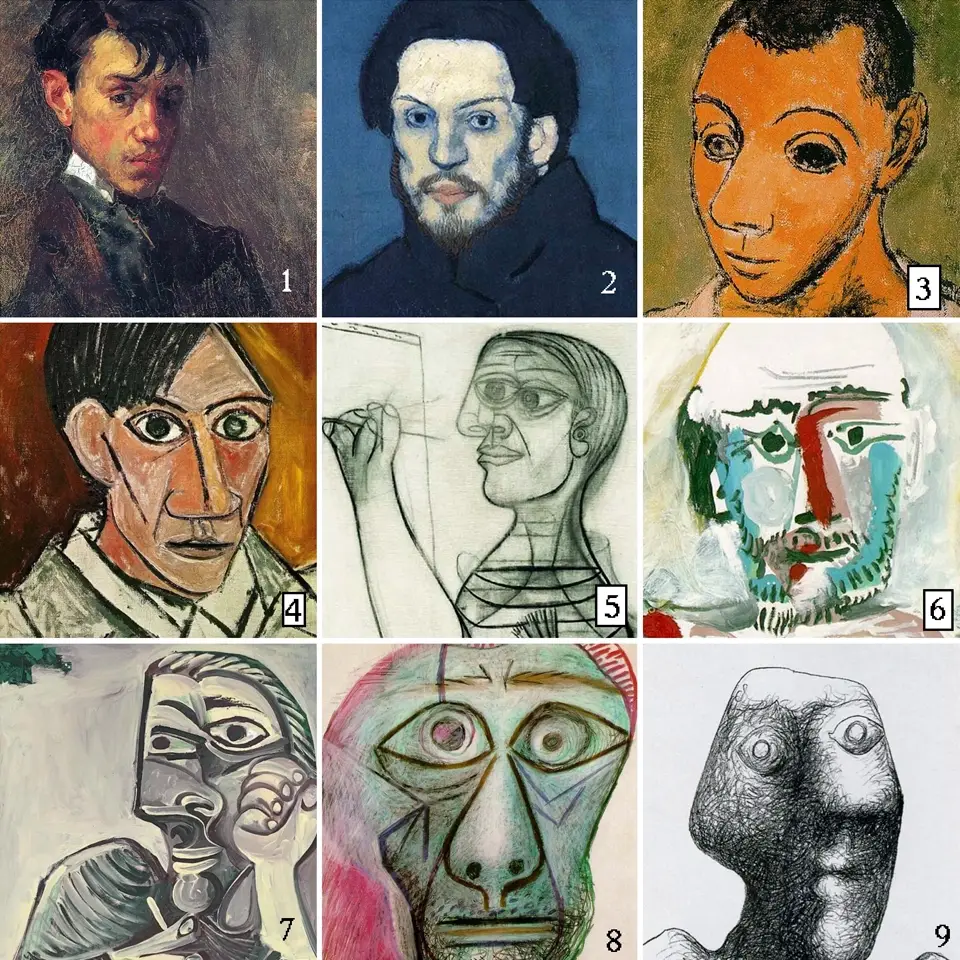
WHEN DID PABLO PICASSO DIED?
Pablo Picasso passed away on April 8, 1973, at the age of 91, in Mougins, France.
He left behind an extraordinary legacy that continues to inspire artists and art enthusiasts to this day. His eternal flame that continues to inspire and ignite the creative spirit in all of us.
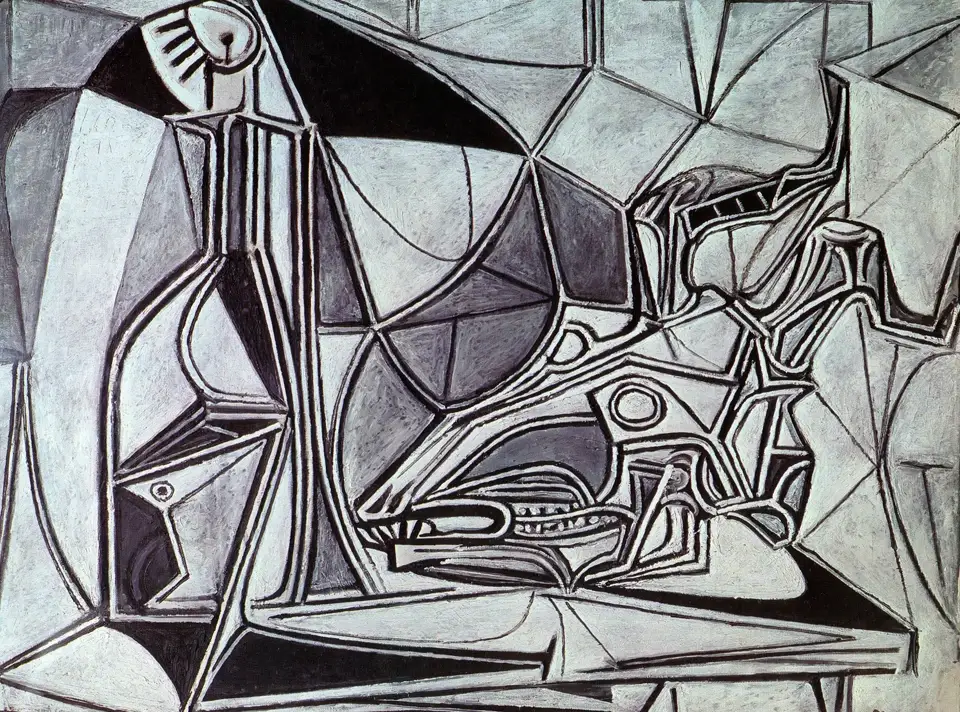
Photo: NichoDesign. Adapted under license (CC BY-SA 2.0 DEED)
TO SUM UP…
Through his talent, passion, and unique vision, Pablo Picasso created works of art that resonate with many people until this day. Picasso’s story reminds us that greatness can emerge from humble beginnings, and that art has the power to touch hearts, transcend boundaries, and leave an indelible mark on the world.
Picasso’s genius continues to shine brightly, forever enriching the world of art.
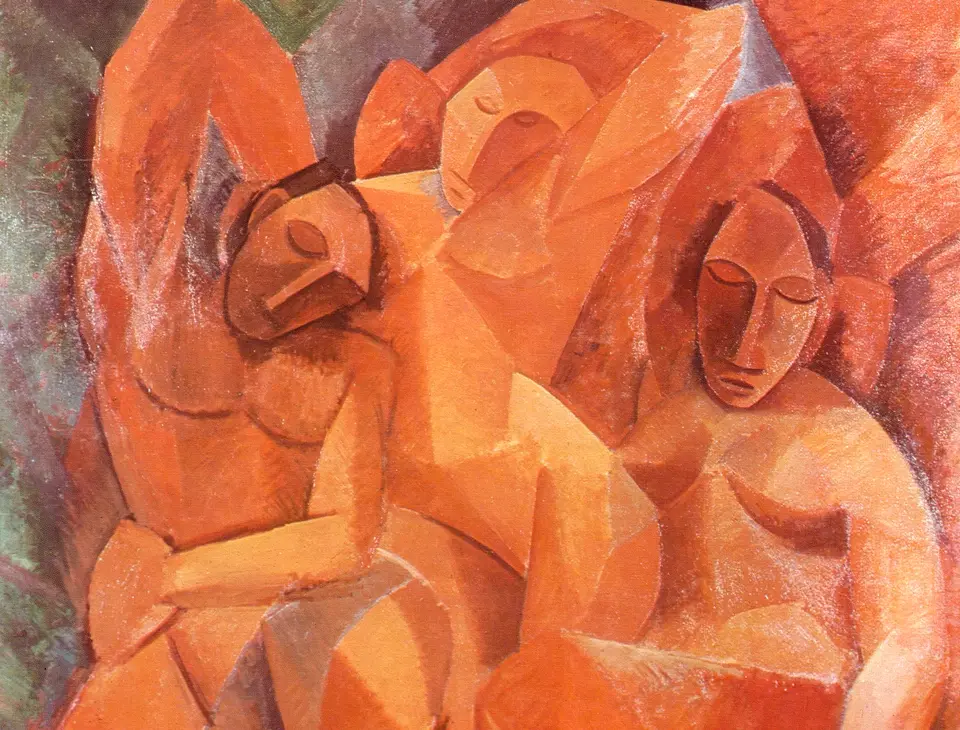
Photo: NichoDesign. Adapted under license (CC BY-SA 2.0 DEED)




